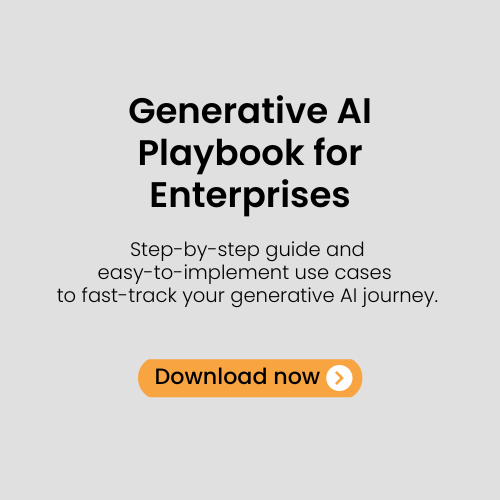- Find Efficiencies
- Reduce Costs
- Increase Revenues
- Economic 24/7 Customer Service
- Better Customer Service
- Proper Call Routing & Triage
- Provide Quick Data Information
- Identify AI Automation Areas
- Better Handling of Critical Items
- Better Data Utilization
- Enhanced Decision-Making
- Advanced Summarization
Get your questions on artificial intelligence & machine learning answered
We help bring true AI at enterprise scale by Bringing Analytics, IT Application / Technology and Business Together
Natural Language Processing
Today, around 70% of total enterprise data is available in the unstructured or more precisely textual form. This comes from information stored across enterprises and includes information of employees, company purchase, sale records, business transactions, the previous record of organizations, social media etc. While this data provides valuable context to enterprise performance areas, it is largely unused due to the inability of tool-sets to process it and huge effort needed to skim through it.

How It Works
We bring our expertise in Natural Language Processing (including Natural Language Understanding and Generation) and Text Mining to understand this textual information and generate insights. Traditionally, the challenges involved with processing data are related to understanding ambiguities and intents which are related to lexicons, syntax and reference. Using advanced techniques and machine learning based algorithms we create summaries which can be used for further insights.
We can process text from a wide variety of source formats like images, PDFs, web, social media etc. with varying resolutions using a variety of scalable and advanced machine learned based pre-processing techniques.
NLP empowers enterprises to decode unstructured textual data, unlocking insights from diverse sources like employee information, sales records, social media, etc., that were previously untapped due to data complexity.
Expertise in NLP allows for the extraction of meaningful insights by overcoming challenges related to ambiguities, intent, and references within textual information.
Capable of processing text from various formats (images, PDFs, web content, social media) and resolutions, using scalable machine learning-based techniques, ensuring adaptability to diverse data sources
Expertise in NLP allows for the extraction of meaningful insights by overcoming challenges related to ambiguities, intent, and references within textual information.
Offers diverse applications like entity recognition for legal documents, intelligent conversational interfaces for customer service, text classification for multiple industries, and automation of business processes, focusing human effort on crucial tasks
Provides insightful summaries for researchers and automates mundane tasks (like claims processing and new business acquisition), allowing stakeholders to focus on critical business aspects and complex problem-solving
Striking a balance between automation and human intervention, augmenting human abilities with automated data processing, aiding in more informed and efficient decision-making.
The Steps Include
- Lexical Analysis
- Syntactic Analysis
- Semantic Analysis
- Discourse Integration
- Pragmatic Analysis
Use Cases
Resources









Redefine your business growth with advanced AI & ML solutions and services
Frequently Asked Questions
AI/ML can solve a variety of business problems, including predictive maintenance, customer segmentation, fraud detection, demand forecasting, and personalized marketing. These technologies enable businesses to automate processes, enhance decision-making, improve customer experiences, and uncover insights from large datasets that drive innovation and efficiency.
AI/ML implementation requires robust infrastructure, including high-performance computing resources, scalable cloud platforms, large storage capacities, and advanced data processing tools. Also, a strong network infrastructure and data integration capabilities are essential to handle the data-intensive nature of AI/ML applications and ensure efficient model training and deployment.
Implementing AI/ML broadly involves the following steps: identifying business use cases, collecting and preparing data, choosing appropriate algorithms, training models, and integrating them into existing systems. Building a cross-functional team, investing in the right tools and platforms, and continuously monitoring and refining models are few of the steps to ensure success with AI/ML.
Data is the foundation of AI implementation. That said, you can start with any amount of data- having a large amount of data can be helpful in the enhancement of AI model accuracy but it’s not a prerequisite. Data quality is more important than the amount of data you have. Even with smaller, structured datasets, we can develop relevant AI solutions with the help of data preprocessing, feature engineering, and using transfer learning techniques.
MLOps, or Machine Learning Operations, is a practice that combines ML model development and operations to streamline and automate the deployment, monitoring, and management of ML models. Unlike traditional software development, MLOps handles the complexities of model training, validation, deployment, and continuous monitoring, ensuring models remain accurate and effective over time.

